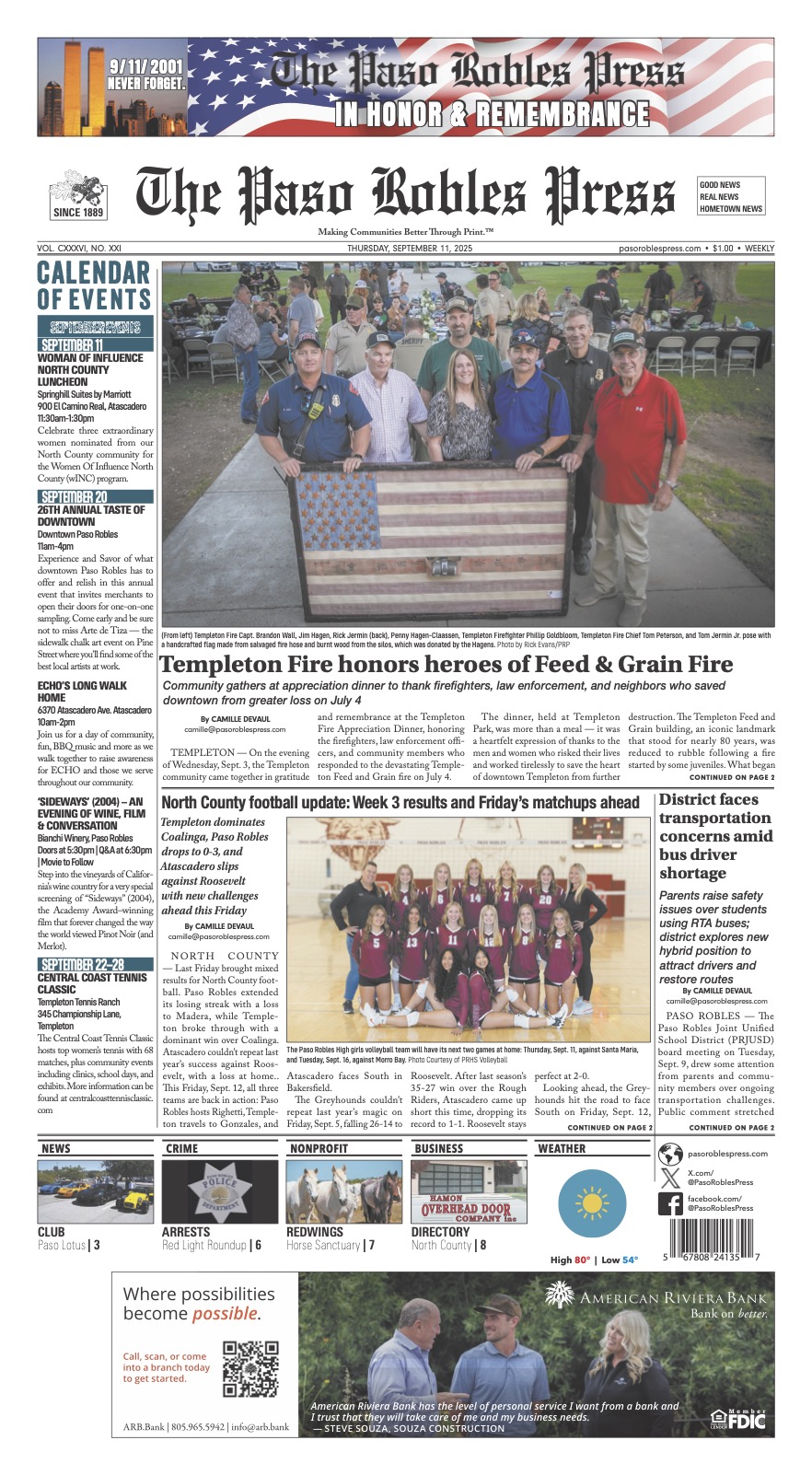SAN LUIS OBISPO — “Vital Signs—Understanding San Luis Obispo County 2020,” a quality-of-life trend report spearheaded by ACTION for Healthy Communities and conducted by Applied Survey Research, was completed just before the COVID-19 pandemic. However, the data collected during December 2019 and published in 2020 will be vital to tracking the County’s recovery after the pandemic eases.
Much like the Vital Signs report released in 2010 right after the great recession, the 2020 report provides baseline data for recovery in the areas of Basic Needs, Economy, Health, Natural and Built Environment, Public Safety, and Social Environment.
“We know the economy, mental health, physical health, education, and public safety have all been directly or indirectly affected by the Covid-19 pandemic,” ACTION stated. “Vital Signs 2020 data provides a starting point in time to measure the depth of damage to the community because of the pandemic. We believe the data will be a vital guide as our government, businesses and community organizations address and respond to future needs created by the virus.”
Here are a few indicators representing several of seven key areas:
Basic Needs:
• 40% of adults indicated they felt financially better off than the year before and 21.4% of adults surveyed answered “no” to the question. ACTION expects both of those percentages to take a change for the worse because of the pandemic.
• Homelessness was on the rise prior to the pandemic, increasing 32% from 2017 to 2019. ACTION expects that the economic impact of the pandemic will increase the homeless population in the community due to unemployment and business closures.
Health:
• The number of residents with health insurance steadily increased from 84% in 2010 to 91% in 2019. Due to the job losses created by the pandemic, we expect that number has decreased. Moreover, 14% of ACTION telephone respondents reported fair or poor physical health before the pandemic representing a slight increase from prior ACTION surveys.
• Before the pandemic, 28% of respondents answered “yes” to needing to talk to a health care professional about problems like stress, emotional problems, and family drug or alcohol problems. With the additional stress brought on by the pandemic, this percentage is projected to increase.
Economy:
• From 2010 to 2019, the number of telephone survey respondents who reported being very concerned about employment opportunities steadily decreased from a high of 52% in 2010 to the 2019 percentage of 27%. The pandemic has changed that. Again the data provides a baseline for what life was like in our community before COVID-19.
Public Safety:
• Nearly 67% of ACTION telephone survey respondents felt “very concerned” about crime in 2019 (down from 73% in 2013), and 67% of respondents were “very concerned or somewhat concerned” about school safety (slightly up from 66% in 2016). However, due to the community stressors related to COVID-19 and other social justice issues, these numbers are predicted to be unfavorably influenced.
Beginning Nov. 1, the report and prior ones can be downloaded for free at www.ActionSLO.org or at The Community Foundation’s website.











